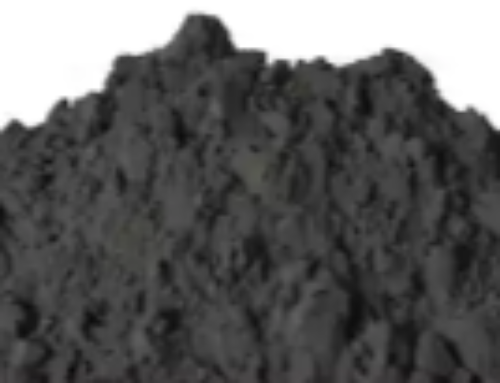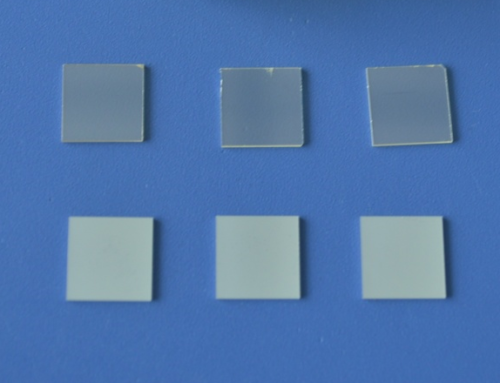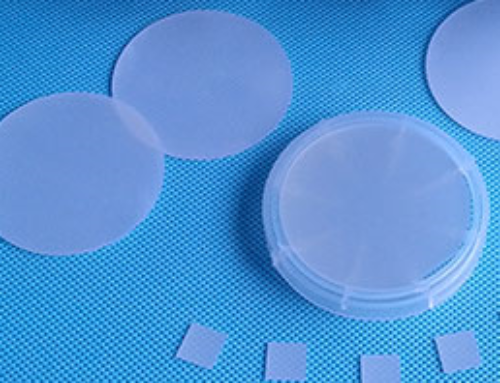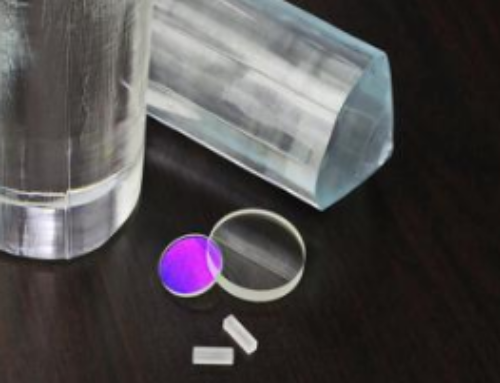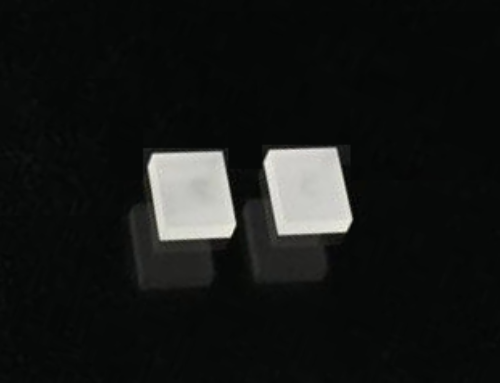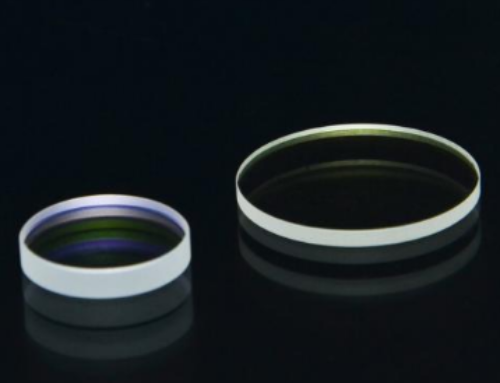Magnesium Fluoride Crystal
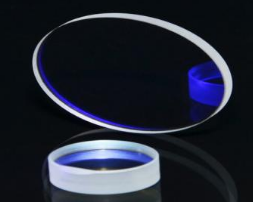
| Product | Magnesium Fluoride (MgF2) Crystal |
| Part Number | SB17 |
About Magnesium Fluoride (MgF2) Crystal
Magnesium Fluoride Crystal (MgF2) belongs to tetragonal crystal system, with melting point of 1255 °C, high hardness, good mechanical properties, stable chemical properties and not easy to deliquescence and corrosion. In terms of optical properties, it is mainly characterized by high transmittance in vacuum ultraviolet band (the transmittance of 170 nm is still more than 70%), which is widely used in optical fiber communication, military industry and various optical components.
Advantages of MgF2:
- High optical transmittance from the vacuum ultraviolet to the infrared spectrum region (0.12-8.5 μm).
- Resistance to mechanical, thermal shock and radiation
- Chemically stable
- A positive birefringent crystal
- Used for Optical prisms, lenses, wedges, windows, other optical components etc.
NCE supplies high quality MgF2 Magnesium Fluoride Crystal in mass production quantity. Material from NCE features with high transmittance in VUV (>70%) and UV wavelength ranges. Standard size for VUV windows are Dia.8 and Dia.6 with 1 mm thickness.
NCE offer both a-cut (or [100] cut) MgF2 windows for the maximum birefringence and c-cut (or cut along the optical axis) with the minimum birefringence. Random-cut (cut along a random axis) MgF2 windows are also available. The thickness can be made as thin as 0.1 mm. In addition, we can also provide other types of window crystals like YAG crystals, BaF2, LiF crystals, etc.
NCE has a mass-production line for MgF2 crystals and have wide experiences and strong ability to supply such crystals with large quantity and in short delivery time. Please contact us for more details. Get a Quote Now! For other optical materials, please check our Optical Materials category page.
Other Trade Name: Single Crystal MgF2
Typical Applications of MgF2:
MgF2 or Magnesium Fluoride is positive uni-axial crystal with a very high optical transmittance from the vacuum UV to IR. It is regularly used for optical elements where extreme ruggedness and durability is required. It also has a large resistance to mechanical and thermal shock, to optical radiation, and is chemically stable, making it a very useful materials for UV and IR optics.
- VUV, UV ,IR optical systems
- UV photomultiplier tubes
- Excimer lasers
- Optical fiber communications industry
Typical Specification – Magnesium Fluoride (MgF2) Crystal
| Orientation: | a-cut or <100>; c-cut or <001>; random (-RM) or as specified |
| Polishing | 1SP or 2SP, or ground finish (not polished) |
| Wavefront Distortion: | λ/6 per inch @ 632.8 nm |
| Dimension Tolerances: | ±0.1 mm or required |
| Surface Quality: | 20/10 Scratch |
| Parallelism: | < 20” |
| Perpendicularity: | < 10’ |
| Clear Aperture: | > 85% |
| Surface Flatness: | < λ/6 @ 632.8 nm |
| Chamfer: | < 0.25 mm @ 45 deg. |
| Size | Upon customer request |
| Coating | Uncoated or upon customer’s request |
Order Information
Inquiries and orders should include the following information:
- Quantity
- Dimensions
- Crystal orientation
- Polished or ground finish
Packing and Storage
Standard Packing: 100 pcs in clean sealed bags. Special package is available on request.
Typical Properties of MgF2 Crystal
| Chemical Formula | MgF2 |
| Density | 3.18 g/cm3 |
| Melting Point | 1255°C |
| Boiling Point | 2239°C |
| Molar Mass | 62.32 |
| Thermal Conductivity | 3.15 W/m·K |
| Specific Heat | 920 J/(kg K) |
| Thermal Expansion Coefficient | ⊥C 9×10–6 ||C 14×10–6/K |
| Knoop Hardness | 415,576 kg/mm2 |
| Mohs Hardness | 4—6 |
| Young’s Modulus | 138.5 GPa |
| Shear Modulus | 54.66 GPa |
| Bulk Modulus | 101.32 GPa |
| Rupture Modulus | 49.6 MPa |
| Elastic Coefficient | C11=140 C12=89 C44=57 C13=63 C66=96 |
| Dielectric Constant | 105 ~107 Hz 5.45 |
| Solubility in Water | 0.0076 g/100 g, 18°C |
| Lattice Parameter | a=4.64 Å, c=3.06 Å |
| Crystal Type | Tetragonal, P42/mnm |
| Cleavage Planes | (100), (110) |
| Absorption Coefficient | 0.07 at 0.2 µm, 0.02 at 5.0 µm |
| Poisson’s Ratio | 0.276 |
| Transmission Range | 0.11 – 8.5 |
| Vapor Pressure | 1 Pa (at 1150°C), 10 Pa (at 1300°C) |
| Applications | IR, UV , DUV and VUV |
| Fluorescence | Weak yellow upon excitation at 590 nm |

